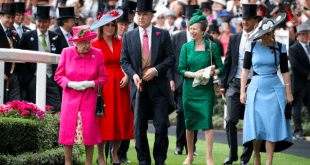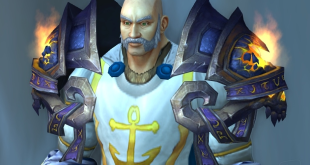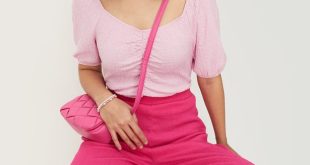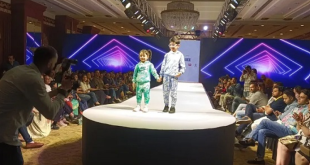Heroes and beauties go hand in hand since time immortal; so, it is no wonder that military uniform has influenced the fashion of the era. Whether worn as a tribute to the brave soldiers or in consideration of war effort here are some notable military influences on the fashion industry over the centuries. And it is not only female fashion but men’s fashion that has also been influenced by military uniforms and symbols.
Starting with men’s fashion the ubiquitous necktie that most men wear today traces its root to in a thirty-year war in 1618-1648 in Europe. Croatian soldiers arrived in Paris wearing bright scarves on their necks which were soon adopted by the French soldiers and named “La cravate”. From that, it spread to upper-class gentlemen and then to common men. The modern-day tie traces its root to this fashion.
“Khaki” and military fashion go hand in hand, and the root of this style lies in the British campaign in Punjab in the 1840s. Before that, the uniform of British soldiers used to be bright scarlet; and that with high stock proved to be a deterrent in fighting in the hot summer in the Punjab plain. So, a British commanding officer named Harry Lumsden introduced coarse cotton pajamas and smocks and cotton jackets. They were dyed with Mazari which turned the colour to a muted brownish grey. The word “khaki” derives from the Persian word “Khak” which means earth or ashes. Soon other countries’ military adopted this colour and in time the US army wore such uniform during their war with Spain over the Philippines. Since the material came from china they also came to be known as “chinos” and this name and style have stuck permanently in the fashion industry all over the world.
The third biggest influence of the military on fashion is the camouflage print. Used both in male and female fashion worldwide, the camouflage traces its origin to the French army during WWI when they started painting their ammunition and bunkers with colours of nature (green and brown) to hide from German soldiers. Soon all military units worldwide started adopting this. The print entered the civilian lifestyle in the 1960s during the counterculture reaction to the Vietnam War. Today it is used from everything from a skirt, shorts, to t-shirts and hats.
Women’s fashion was greatly influenced by the military actions of the 20th century. For example, during WWI as compulsory military conscription was introduced in Britain for the first time and able-bodied men went to war, women took up jobs that were traditionally men’s domains like fieldwork and factory work. Wearing trousers became common as it was easier to work in them. During WWII silk was needed for parachute hence using it for dresses by civilians was severely restricted. Similarly, nylon became hard to find material for civilians, so women had to either repair their old stockings or draw stocking on their legs! Austerity was the keyword when it came to silhouette and design of women’s dresses; for example, dresses had only 2 pockets and no metals were used as that were needed for the war effort.
 Newspatrolling.com News cum Content Syndication Portal Online
Newspatrolling.com News cum Content Syndication Portal Online






